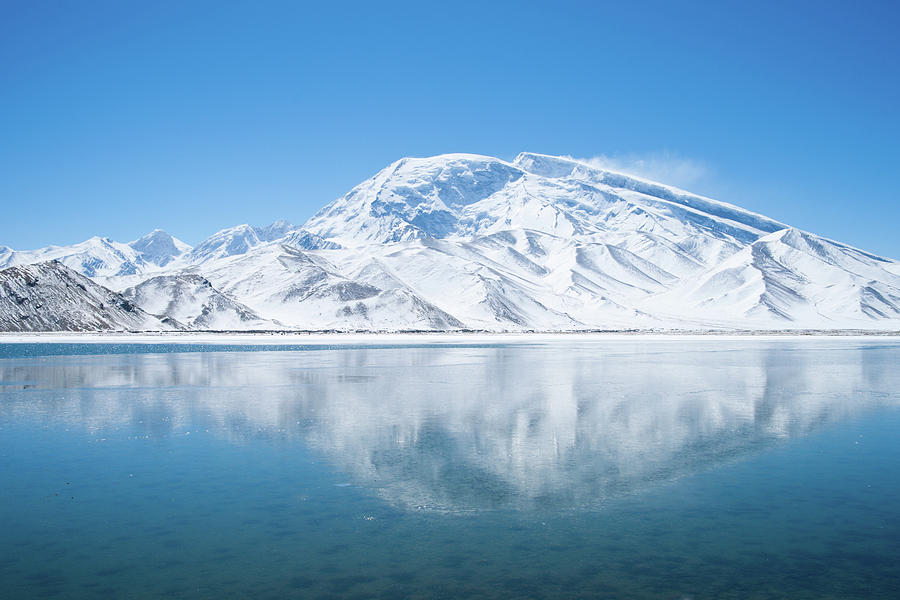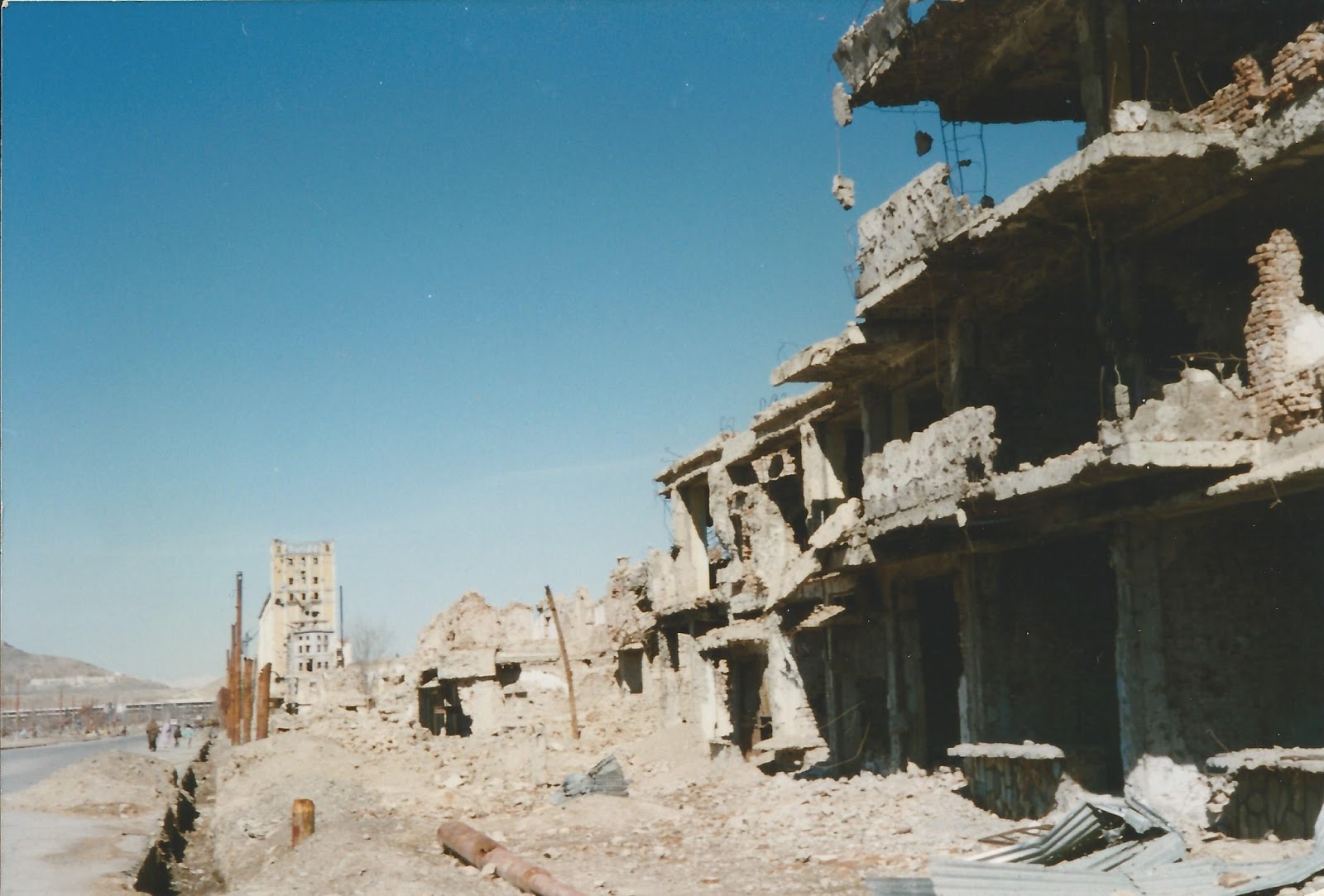I was one of the first westerners in the south of the country, establishing and managing the first programme for Save the Children Fund in Central Asia. Within the English department of the University I found interpreters and researchers. The geologists based in Osh, who knew the mountains, provided the field workers. Rarely have I seen such a team - they were immense in every way, and the driving force behind them all - Alfia, remains a close family friend. The one word she would never accept was 'nyet'.
The government buildings I visited were long corridors of empty offices in pristine condition. Phones rang on identical polished desks in identical rooms but no one was there to answer, they had all left. It really was surreal.
The mid winter weather was the hardest challenge after Africa. The cold was unrelenting and just daily washing when you had to break the ice on the water indoors, was a challenge. You could see why they all drank vodka; beer froze solid in its bottle before you could swallow it.
 |
| Kyrgyz horseman in the Tien Shan |
None of that mattered once you got to the Tien Shan mountains and Lake Issyk Kul, the sheer scale of the place is majestic. Endless peaks and Krygyz men hunting on horseback with full sized eagles on their arms. The hospitality of villagers who rarely see an outsider let alone a foreigner is overwhelming.
 |
| An eagle ready for hunting |
It is a place where I have made many friends and to which I return as often as I can.
There is often talk of marketing the country as the Switzerland of Central Asia, but this is to do an injustice to Kyrgyzstan. This land is on a far grander scale.
 |
| The national hat of Kyrgyzstan -the 'Al Kapak' for sale in Osh market. |




















